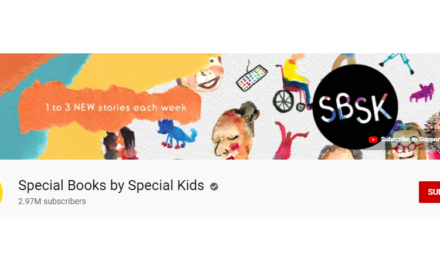Getting It Right With Voice
Publishers with an interest in the voice-content market will want to take both a short-term and a long-term view on the market. The more immediate concerns require coming up with the right viable product. “What’s the minimum product to put out there, and how can you get unvarnished feedback on the pros and cons to help you figure out what people will really warm up to?” Wikert asks. He adds, “And then how do you monetize it?”
Looking at the longer term, wider issues will be the focus, such as scalability. Transforming print-first content could require a serious investment, and the sustainability of the business model might depend on developing a process that scales efficiently. Another long-term concern is the ability to look past limitations in today’s capabilities. “Think beyond the obvious models in front of us. What can this really grow into?” Wikert says.
The transition to voice bears similarities to a transition most businesses have already accomplished—moving from desktop websites to mobile apps. “You can’t just take your content that was designed for a webpage and make it into a mobile application,” Stapleton says. “You really need to rethink what mobile is all about.” It’s the same with voice: a different form factor and a different way of engaging with people. The design should reflect the use. “With interactive voice, it’s really quite a different way of engaging with content than we’ve had in the past,” Stapleton says. Even audiobooks won’t transfer without some reworking. Publishers must devise a way to take that existing content, largely passive, and turn it into something people want to interact with on a voice platform.
Fields encourages publishers with an interest in voice to jump in, saying, “Just get started.” Waiting could have negative consequences. Many in the industry have already learned some hard lessons when they assumed that earlier digital platforms would die off or fail to gain traction (think: ebooks). For publishers still on the fence, Fields says, “We’re not dealing here with a small side channel where you’re not sure it will be around in 5 years.” Considering the list of players already includes Amazon, Google, and Microsoft, it’s more likely that voice is here for the long haul. “We know the idea of the virtual assistant isn’t going away, so start slow and don’t try to overcommit, but start dipping your toes in it,” Fields says.
The Future of Voice Content
eMarketer says more than 35% of Millennials use voice-enabled digital assistants at least once a month, compared to about 10% of Baby Boomers. If you’re looking to reach new users, voice may turn out to be your best bet.
For those publishers that are more comfortable in wait-and-see mode, Wikert believes there may be no harm in that. He wouldn’t be surprised to see a small, nimble startup come up with what he dubs a “killer skill” for Alexa, but he cautions that’s only a small part of the bigger picture—and possibly the easiest part. “The heavy lifting for publishers is having to take all the content they have access to and redeploy it and break it down into the most granular pieces, and then richly tag it,” he says. Tagging will be critical for voice-first success. As the number of voice searches continues to grow, publishers and other media organizations that aren’t optimizing for it will likely lose out. Robust tagging will also help to ensure the content maintains its usability no matter how consumers interact with it. However, that process won’t be feasible or even preferable for every publisher. Each will need to examine its business model, its audience, and its internal capabilities.
“It’s tricky because publishers perfect the way to be found by Google, and now they have to rethink [how] to be found by people,” says Salz. “But it’s also good news for the companies that didn’t have the budget to bid for the high-volume keywords in the first place.”
Some companies already have assets that lend themselves well to voice platforms, but Stapleton cautions them to give a good amount of thought to how consumers will interact with that content. “There’s a lot of design work that goes into it and research about voice user interface design,” she says. Sampling a number of different voice applications will give publishers a feel for what the user experience is like. “Try different skills on Alexa and actions on Google, and understand how things work and what might be best for their type of content,” Stapleton suggests. Publishers should consider the preferences and expectations of their customer base too. But voice content also presents a chance to reach a whole new audience. It’s clear that publishers continuing to ignore the voice channel do so at their peril. Heed the advice of experts, and start experimenting now while expectations are still evolving and your potential audience is willing to experiment along with you.






